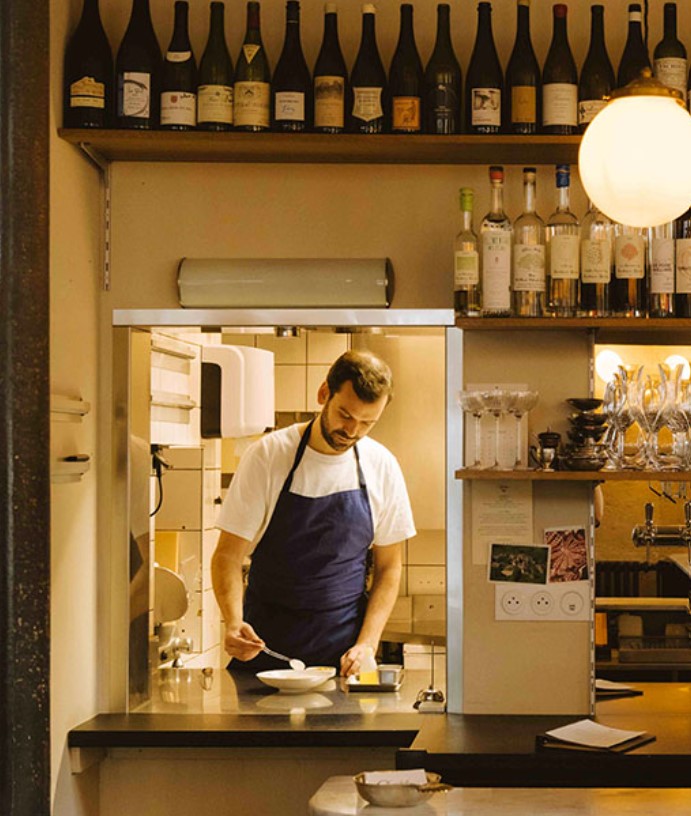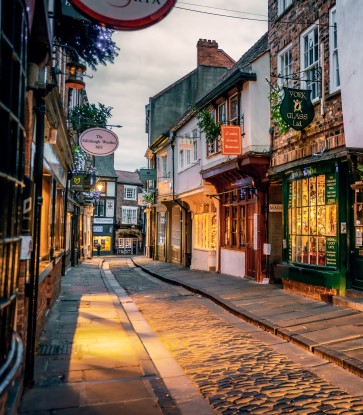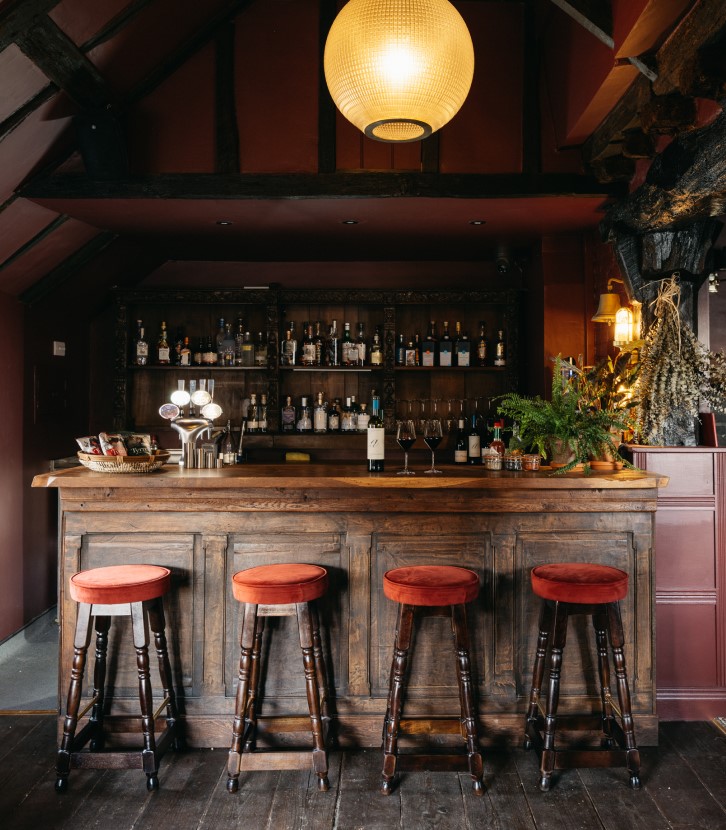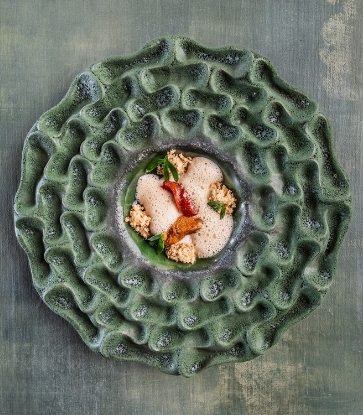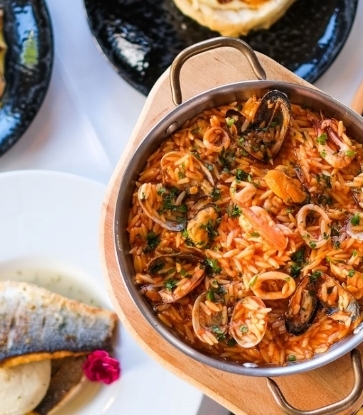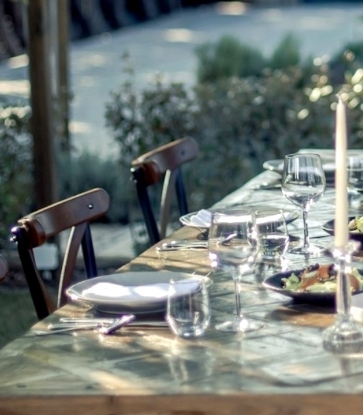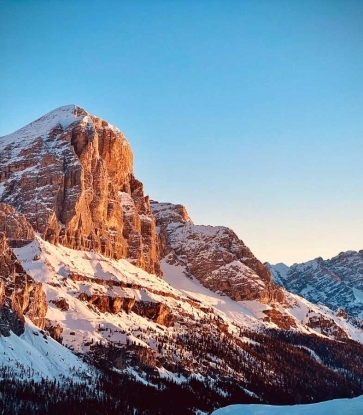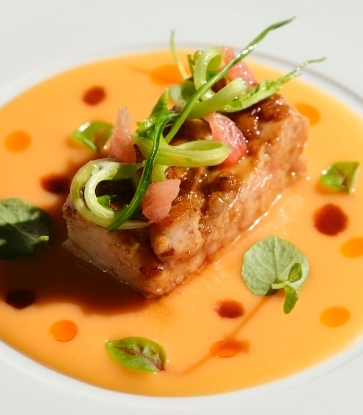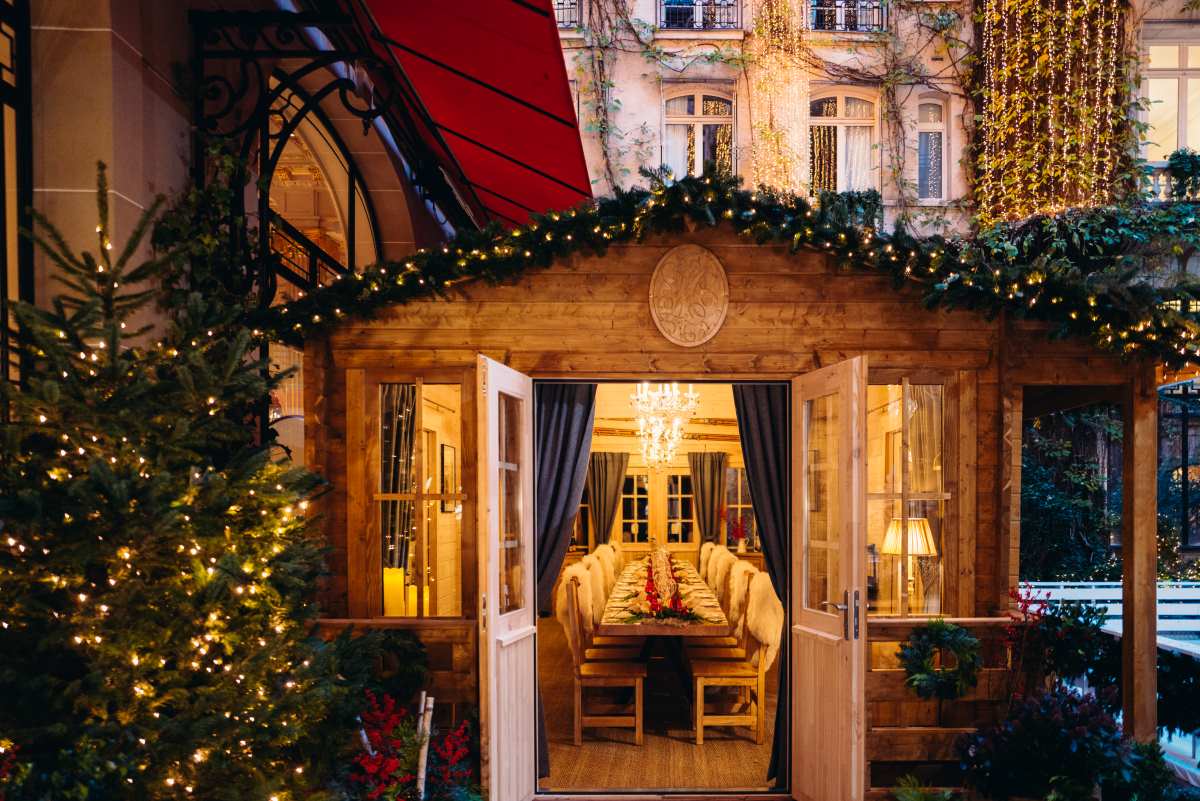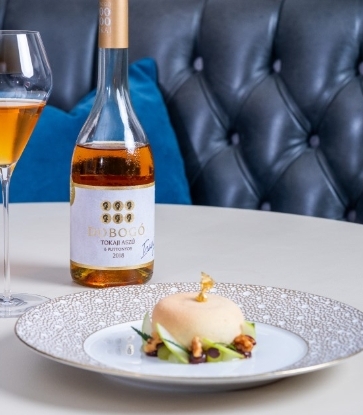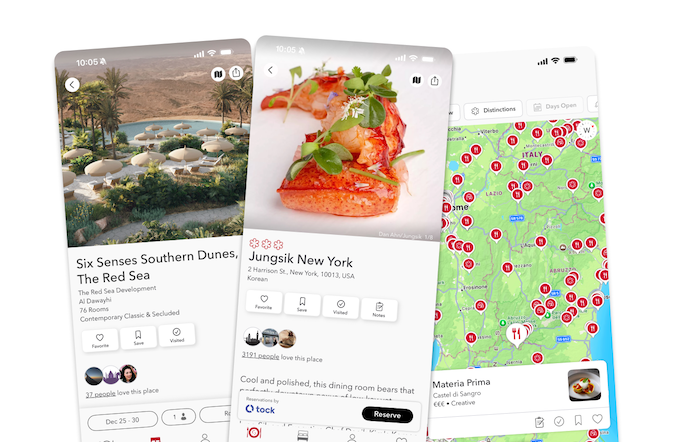Since opening in 2016, Numeroventi has attracted international talents to develop new work during their stay and help foster a community — a forerunner of today’s flourishing art residency movement. Yet outside of restaurants, residencies for chefs like Numeroventi’s still remain rare. Attracting a young generation from kitchens in Madrid, Paris, Sydney and more, Numeroventi’s visiting chefs draw inspiration from Florence’s cuisine and seasonal produce.


“Food,” he says, “is a great tool for creating community, as well as for incorporating nature into our lives.” With no better way to bond people together than at the table, di Napoli Rampolla laid out some of the best places in Florence for inspiring meals and moments.

Where do you take chefs when you want to show them local flavors?
Being in Florence, perhaps the residency’s biggest asset is the Mercato Sant’Ambrogio, where I bring chefs to experience Tuscany’s produce and products. The chefs get excited about the quality of the seasonal offerings, and they tend to end up bonding with the fruit sellers. That’s the kind of connection that makes everyone feel more integrated in the local ecosystem. We also always visit the Chianti vineyards to see how the wines grow, and to forage wild herbs and greens in the area.
What places do they usually fall in love with in Florence?
Classic restaurants like La Buca dell’Orafo and Trattoria Sostanza, of course, as well as C-ucina, a newer place on one of the most beautiful streets in Florence. They also love visiting Panzanelle in Panzano — it’s in the middle of nature — and the Villa San Michele, also in Chianti. It’s on a beautiful hilltop, and it’s a great place to go in summer when you can bring a blanket and lay down on the grass after a meal.

What’s your favorite spot for dinner out?
I love Il Guscio — it’s a genuine place where the quality of the food is impeccable, the wine selection is amazing and the owner is really kind. Otherwise, I usually head to Caffè Cibrèo as well as Ciblèo, or to Gilda Bistrot, because the food is great. These are restaurants with local, seasonal produce, where they also have their iconic two or three dishes that are always part of the menu, which makes you feel so at home when you go there, along with the nice spirit of the owners. For a splurge, Villa Cora also has excellent food and cocktails: Order the lamb.
Where do you like to shop for ingredients?
C-BIO is where I do a lot of my shopping, along with S.forno for baked goods and the farmers market in Piazza Tasso on Friday afternoons, which is where C-ucina buys their vegetables — organic and nice quality and straight from the producers.

Which local café or bar are we most likely to find you at?
Pasticceria Giorgio near my house has good coffees and pastries, Meno is a favorite for drinking wine, and for cocktails I like Caffè Cibrèo and definitely also Gilli, but I’m looking for a new spot to drink well.
As a winemaker, what should visitors know about Chianti, and where do you send people looking to drink a great bottle?
The majority of wine producers in Chianti have converted to organic or biodynamic production in the last 15 years, especially around Panzano [where Castello dei Rampolla is located], so the whole ecosystem has really changed. Chianti, which used to just produce humble fiascos [flasks] of table wine, is now an internationally known wine with great winemakers coming up. I was happy to hear that Meno is going to dedicate a shelf of wines to the young generation from Chianti, and Il Guscio is always a great option for a trattoria with good Chianti wines on offer.

How have you seen Florentine cuisine change over the years?
It’s difficult to innovate in Florence because of the weight of social and historical forces — and with so many people coming here in search of tradition, it’s important to preserve that aspect of the city. Today, the most important change is coming from places serving classic, simple dishes, but making an almost political point of using great local ingredients and small producers — like Trattoria Sostanza, where even the tomatoes are so good, they can make you cry.
Where in the city do you go when you need a moment of quiet or creative reset?
The Giardino Bardini has a beautiful museum, and in springtime you can see different blossomings throughout the season, including their spectacular 15-meter [50-foot] arbor of wisteria. It’s close to my office, so I can be transported to paradise in no time.
What’s a place you find inspiring in the city?
I love to walk around my neighborhood, Bellosguardo, to recharge, because the nature and the views really make me feel lucky to be here. Also, the natural history museum, La Specola, is very dear to me because I went there a lot as a kid. Now it’s been remodeled, but I still love the old collections of birds and wax bodies. And I’ve been rediscovering churches, like the Badia Fiorentina and the San Miniato al Monte where they sing Gregorian chants every weekday at 6 p.m. I think we have to find ways to make use of these churches, because even if their message is outdated, there’s a spiritual force that’s still valuable.
Hero image: Portrait of Martino di Napoli Rampolla © Jesper Lund








